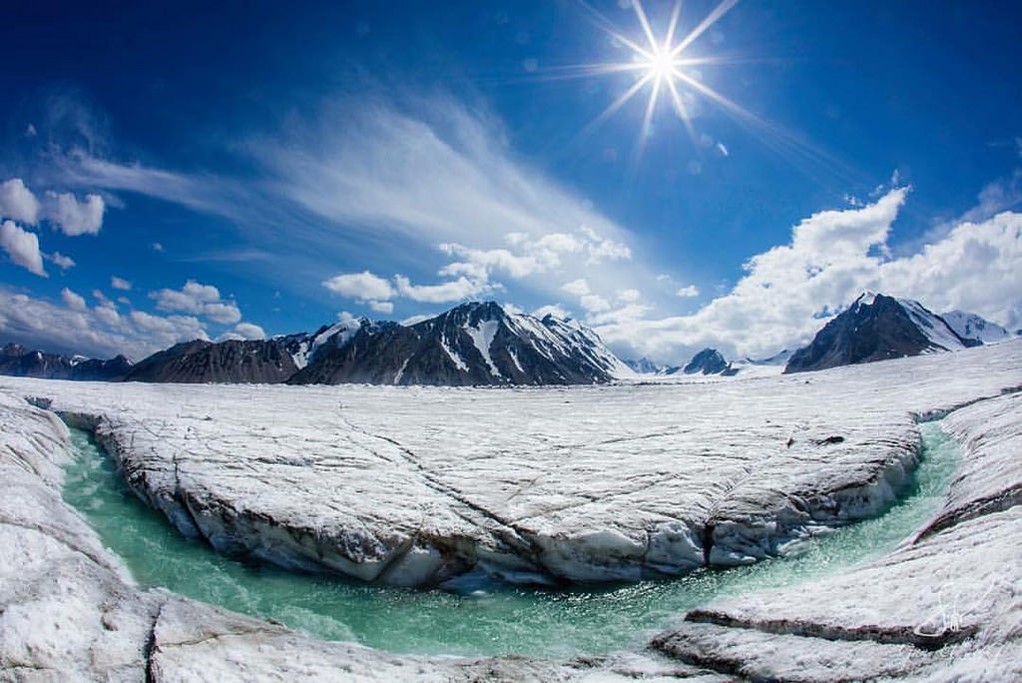The Potanini glacier is one of the largest glaciers in Mongolia, located in the Altai Mountains in the western part of the country. The glacier is named after the Russian explorer Grigory Potanin, who was the first European to visit the region in the late 19th century.
The Potanini glacier covers an area of around 14 square kilometers and is approximately 20 kilometers in length. It is fed by snowfall and ice from the surrounding mountains, and is a major source of water for the nearby rivers and lakes.

Over the past few decades, the Potanini glacier has been shrinking at an alarming rate. According to a study conducted by the Mongolian Academy of Sciences, the glacier has lost around 20% of its volume since the 1960s. This trend is expected to continue as global temperatures rise due to climate change.
The melting of the Potanini glacier has significant implications for the region, as it affects the availability of water resources for both humans and wildlife. It also contributes to the global rise in sea levels, which can have serious consequences for coastal communities around the world.
Efforts are underway to monitor and study the Potanini glacier, in order to better understand the factors contributing to its decline and to develop strategies for mitigating its impacts. However, the long-term survival of the glacier will ultimately depend on global efforts to address the root causes of climate change, such as reducing greenhouse gas emissions and promoting sustainable development practices.





